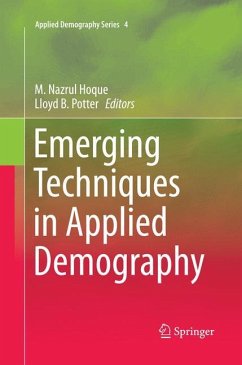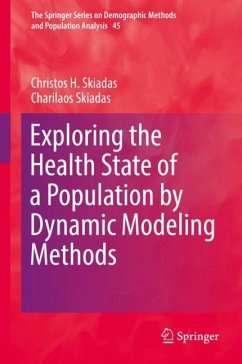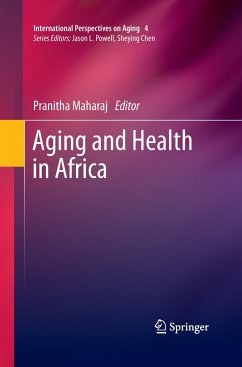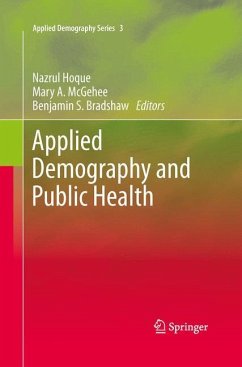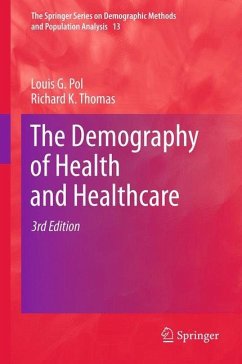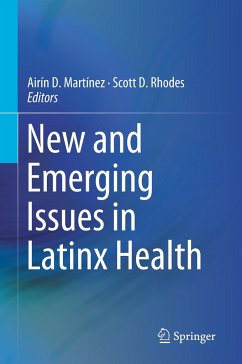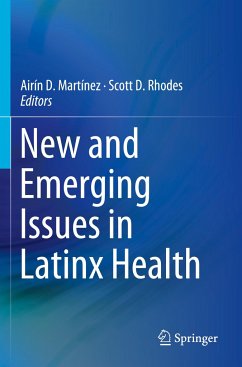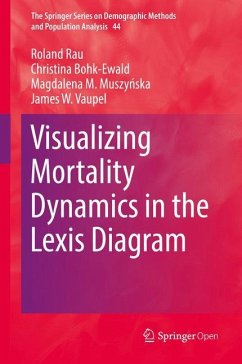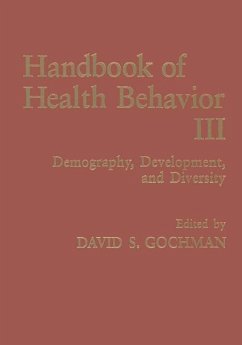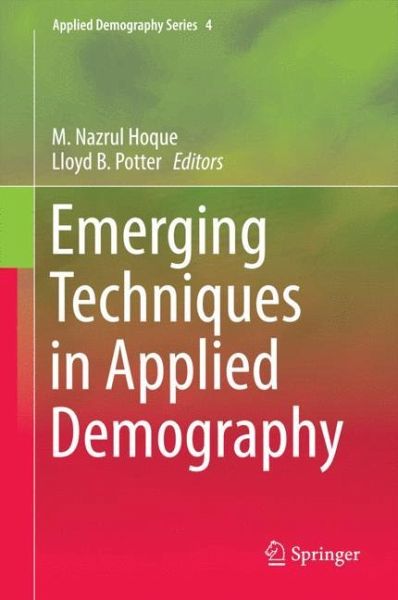
Emerging Techniques in Applied Demography

PAYBACK Punkte
38 °P sammeln!
By bringing together top-notch demographers, sociologists, economists, statisticians and public health specialists from Asia, Africa, Europe, and North America to examine a wide variety of public and private issues in applied demography, this book spans a wide range of topics. It evaluates population estimates and projections against actual census counts and suggests further improvement of estimates and projection techniques and evaluation procedures; new techniques are proposed for estimating families and households and particular attention is paid to the much-discussed topic of access to hea...
By bringing together top-notch demographers, sociologists, economists, statisticians and public health specialists from Asia, Africa, Europe, and North America to examine a wide variety of public and private issues in applied demography, this book spans a wide range of topics. It evaluates population estimates and projections against actual census counts and suggests further improvement of estimates and projection techniques and evaluation procedures; new techniques are proposed for estimating families and households and particular attention is paid to the much-discussed topic of access to health care. Coverage extends to factors influencing health status and elder abuse, child bearing and labor market analysis and the effects of education on labor market outcomes of native white American and immigrant European populations.
Methodologically rigorous and pragmatically useful, Emerging Techniques in Applied Demography also examines a wide variety of public and private issues under the field of applied demography. It provides a broad overview of research topics and also reflects substantial development in the field of applied demography. It also bridges the gap between theory and research by providing several examples of work of distinguished applied demographic.
Methodologically rigorous and pragmatically useful, Emerging Techniques in Applied Demography also examines a wide variety of public and private issues under the field of applied demography. It provides a broad overview of research topics and also reflects substantial development in the field of applied demography. It also bridges the gap between theory and research by providing several examples of work of distinguished applied demographic.





